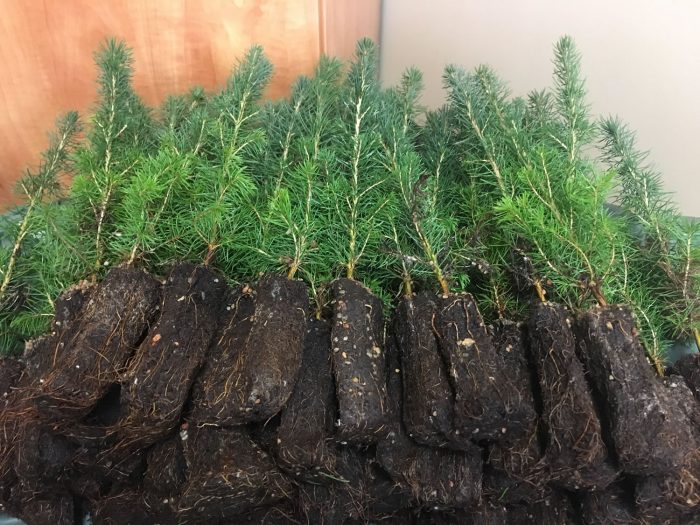Did you know that 60% of Alberta is covered in forest? Forestry is one of the largest resource industries in Alberta, and there is some really exciting innovation occurring in this sustainable sector.

Forests provide us with a renewable resource that can be used in many ways. Because trees are renewable, we are able to manage our forests sustainably, ensuring we have healthy forests and access to products indefinitely.
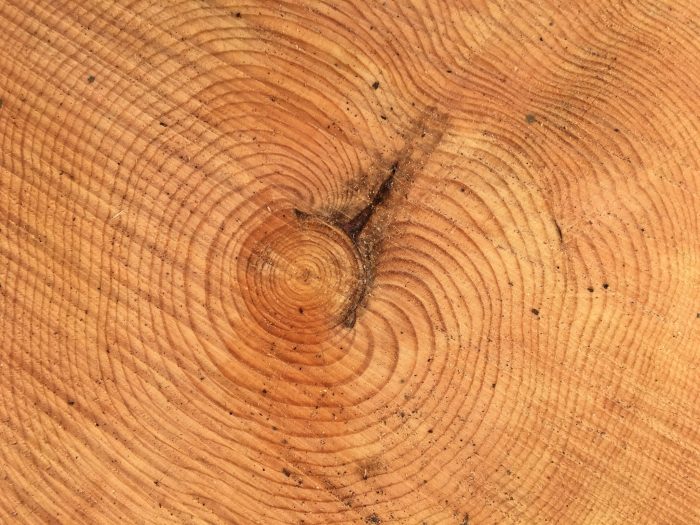
Sustainability is incredibly important. Plants, animals, and insects rely on the forest as a place to live. Humans rely on the forest for recreation, wood products, and oxygen. Because of this, we have environmental scientists who work together to make plans for our forest that go up to 200 years in the future! Hard working tree planters also plant over 70 million trees in Alberta each year!
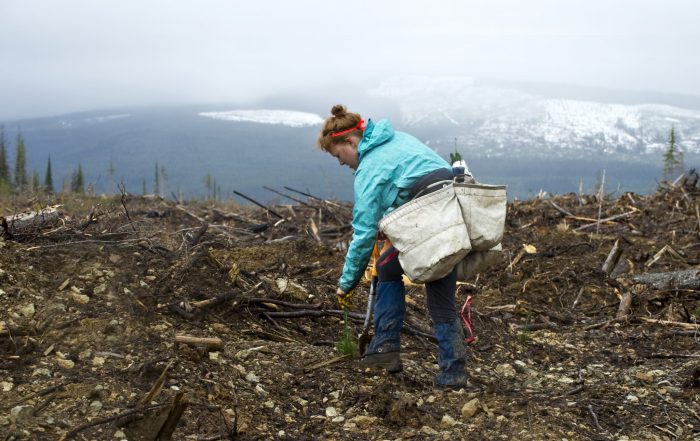
What do you think about when you think of forest products? Probably lumber and other building materials. You may also think of paper products like facial tissue and toilet paper. But there are a lot of other products that most people don’t realize come from trees.
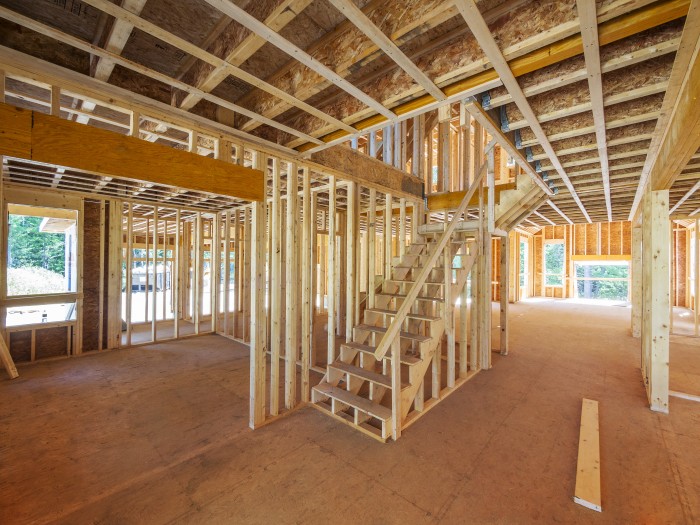
There are scientists at research institutions and forestry companies working to develop alternative forest products. Some of these organizations include FPInnovations and Alberta Innovates.
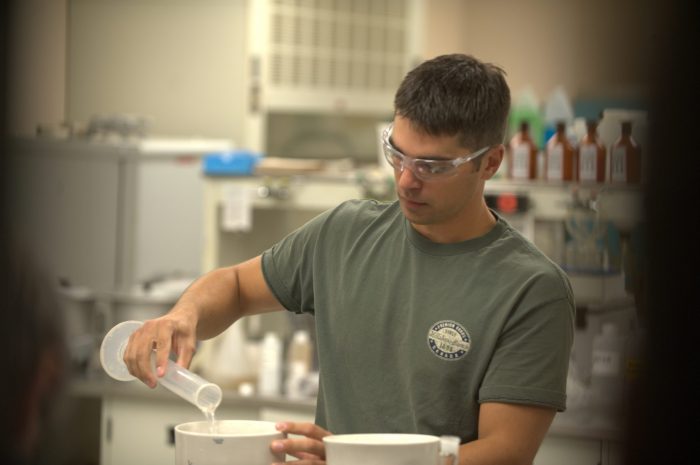
One major area for innovation is in building materials, beyond the two by four and onto engineered wood products. Some engineered wood products you may have heard of include plywood and OSB as pictured here. But there are many others with different applications.
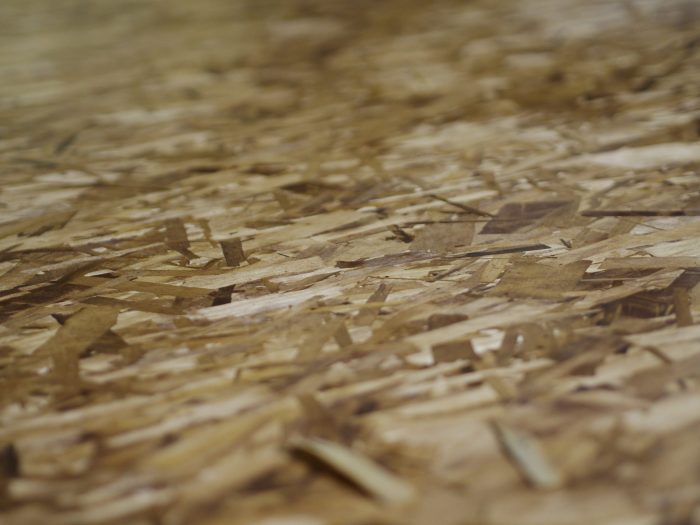
Pictured below is CLT, or cross laminated timber, which is a wood panel consisting of layers of lumber oriented in opposing directions, creating exceptional strength and stability. CLT’s thickness makes it fire resistant because when fire burns thick pieces of wood, the outside will char, creating a protective barrier which slows burning.
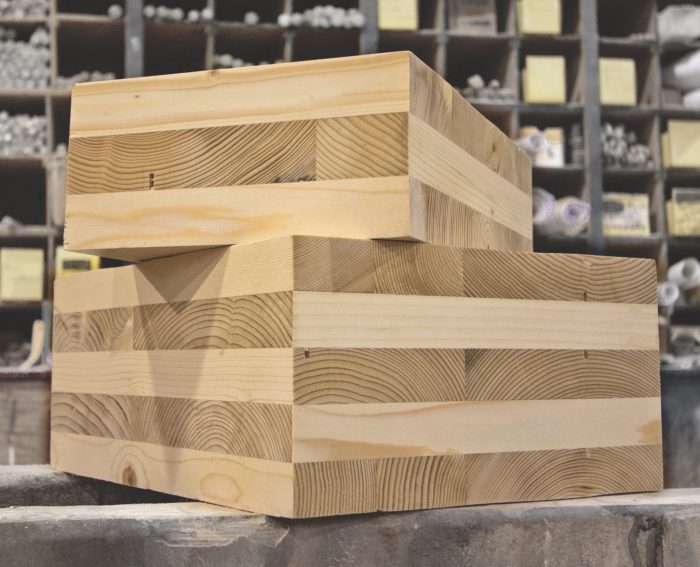
Engineered wood products also allow for increased load bearing capacity. Products like CLT can be used to build large buildings like this student residence at the University of British Columbia. These products can be prefabricated, saving time and money.

Forest products innovation goes further than building materials. Cellulose, which is the building block of a tree, is used to bulk up products like toothpaste, makeup, and even some of our foods like salad dressing and ice cream.

Cellulose can also be broken down into nanofibers and used to make plastic. You can actually replace petroleum in plastic entirely with wood fibres. The result is a product that is just as strong, but which tends to be lighter and best of all, it’s made with a renewable resource.
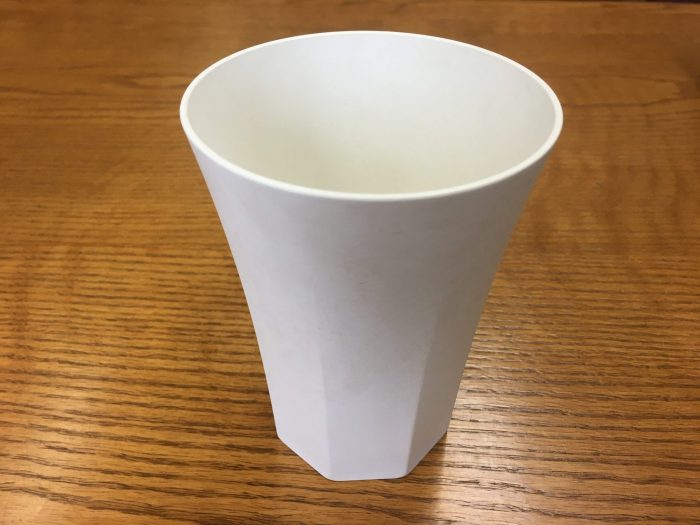
Applications for this plastic include water bottles—if you’ve ever seen the little green plant bottle symbol on your water bottle, that plastic was made with plants. Some car companies are also using these plant-based plastics for the interiors of their vehicles, such as car door panels.

Biofuels are another area of innovation. Several forestry companies are using wood residuals that otherwise would go to waste—things like sawdust and woodchips—to generate power for their mills, with excess being sold to the power grid.

Another biofuel innovation is happening at pulp mills where lots of water is used in the pulp making process. After the water is used it must be cleaned before it is returned to the river it came from. Microorganisms are put into the water to clean it, and when they decompose, they give off a gas which can be trapped and used for energy.
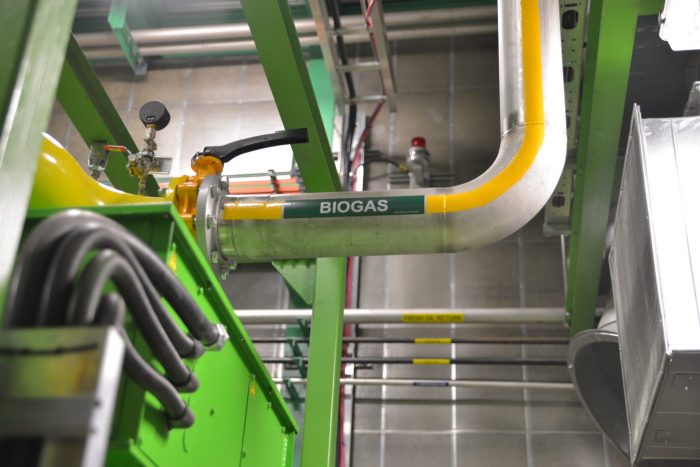
This may look like a pile of dirt, but it’s actually something called lignin, a natural wood by-product. This powder can be used to make the renewable fuels and plastics I’ve mentioned, as well as adhesives.
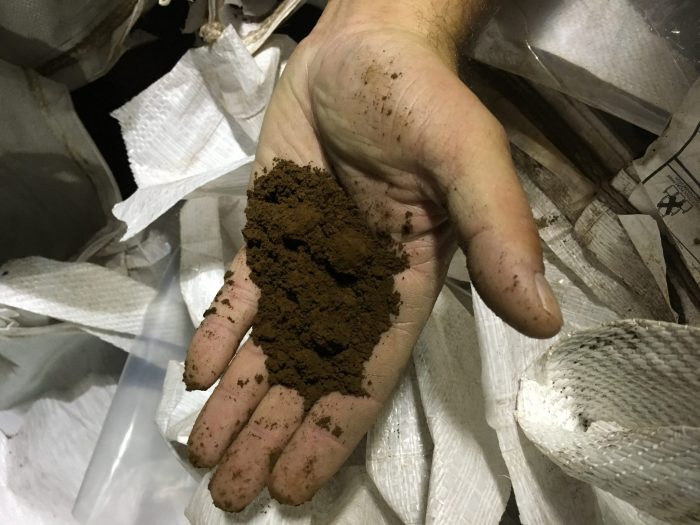
Drones have some exciting applications in forestry as they are able to reach areas that are hard to get to. Applications include mapping, post-wildfire monitoring, and taking inventory both in the forest and in log yards. Drones are precise, cost-competitive, and quick at relaying information.
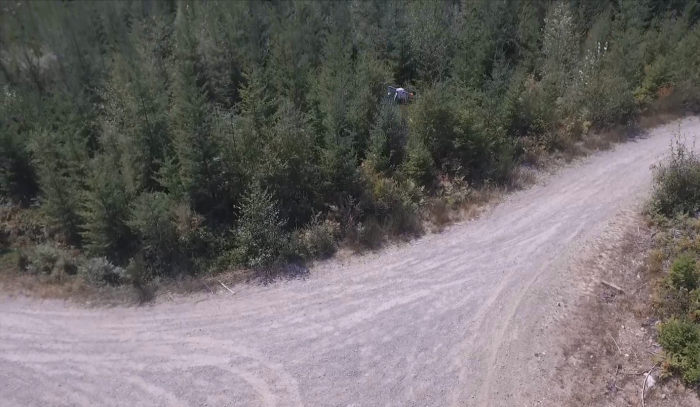
Why are these men wearing sunglasses inside? They are actually 3D glasses! Images collected from aerial photography can be viewed using 3D imaging software. This technology increases the amount of data that can be analysed, including tree height, species, and wildlife populations.
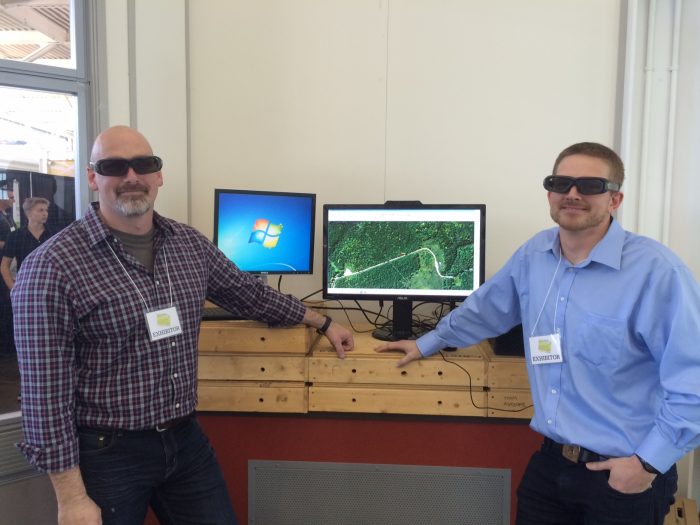
Aerial photography can also be downloaded onto tablets and brought out into the forest, allowing foresters to identify significant features on the landscape like nesting sites, bear dens, and water courses.
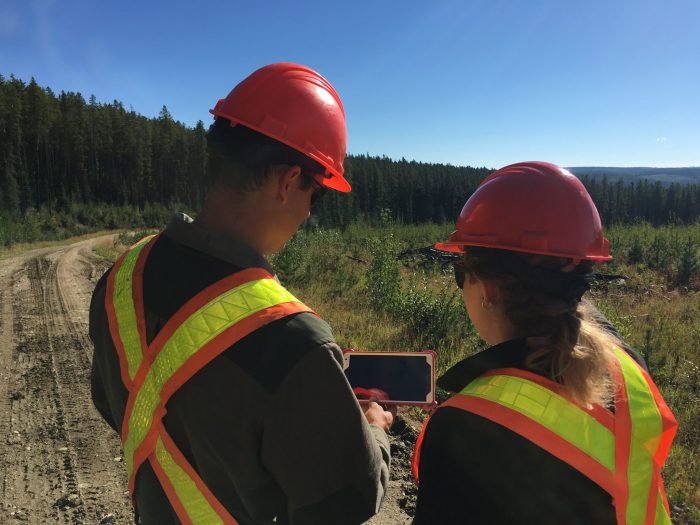
There is lots of other research occurring with respect to the environment. Some of you may have heard of the mountain pine beetle, which is wreaking havoc in BC’s and some of Alberta’s pine forests. Much research is going into getting the beetle under control, including pheromone baiting and prescribed burns to slow spreading. Scientists, both in government and industry, are also working on wildlife population and habitat research for species that are at risk such as caribou and grizzly bears.
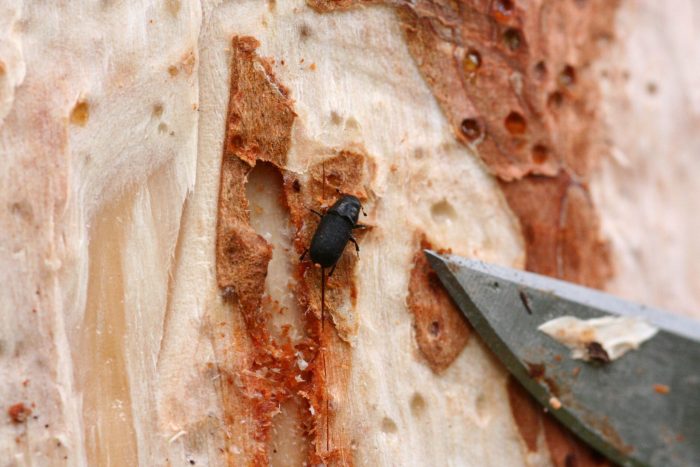
The forest sector is facing significant baby boomer retirements and will need to fill a major gap in its workforce. So if you or someone you know is interested in a sustainable, innovative sector, you may want to look a little deeper into the woods.
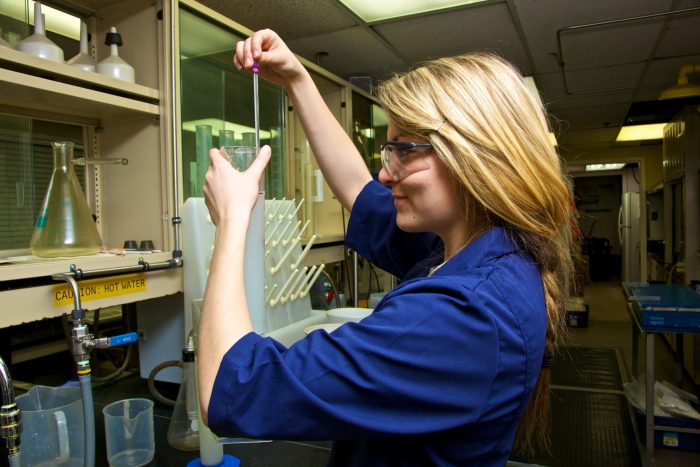
Our forests are managed sustainably in Alberta. As you can see, many discoveries have been made and there is tremendous potential if we continue to invest in this renewable resource.
